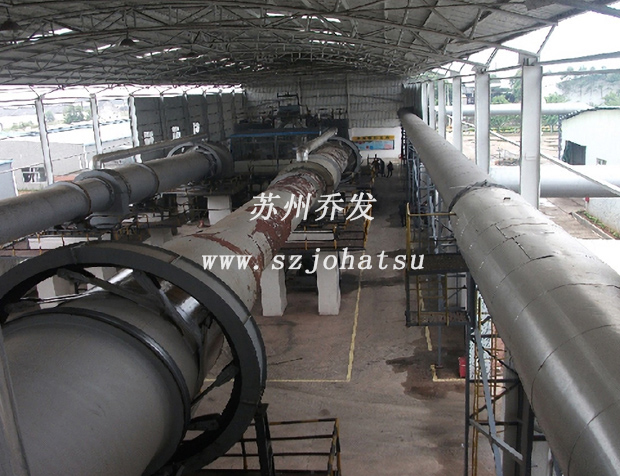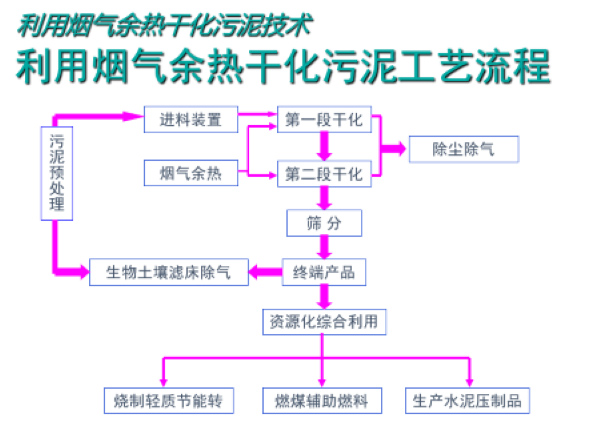Sludge drying
According to whether the thermal medium is in contact with the sludge, the current sludge thermal drying technology can be divided into three categories: direct thermal drying technology, indirect thermal drying technology and direct-indirect combined drying technology.
Consult Now

